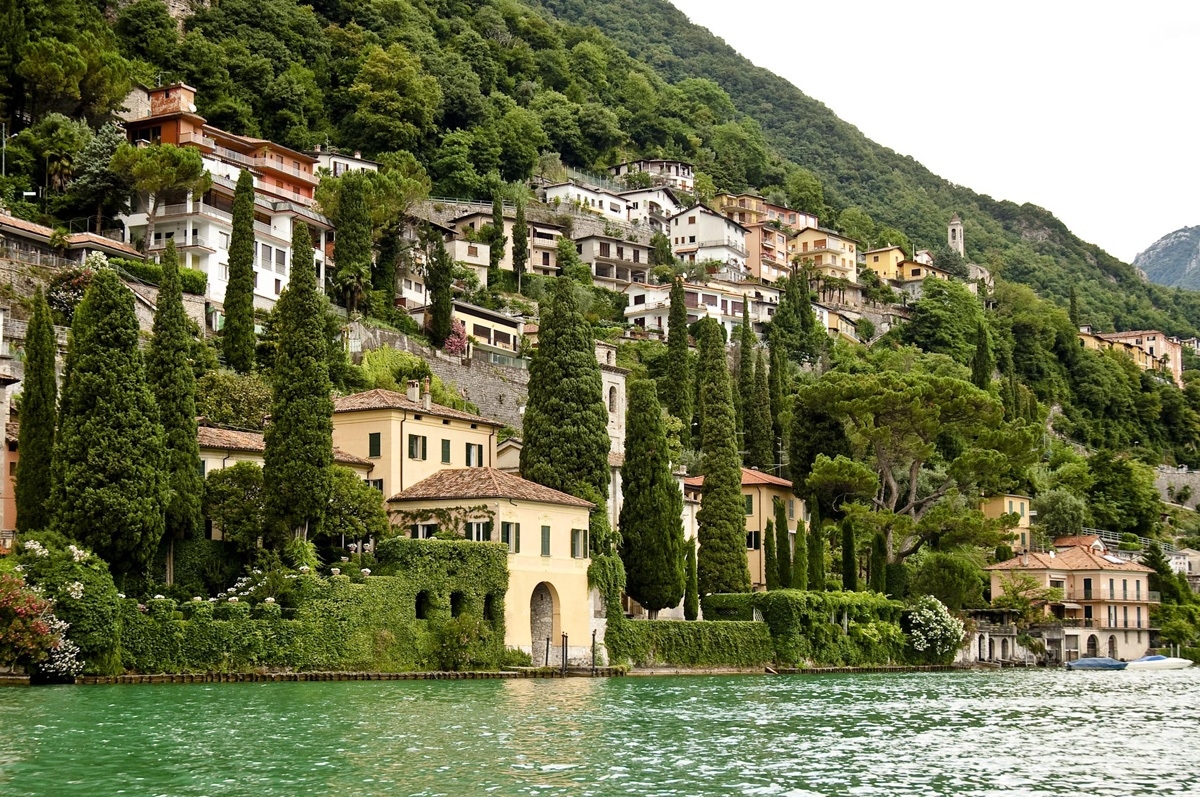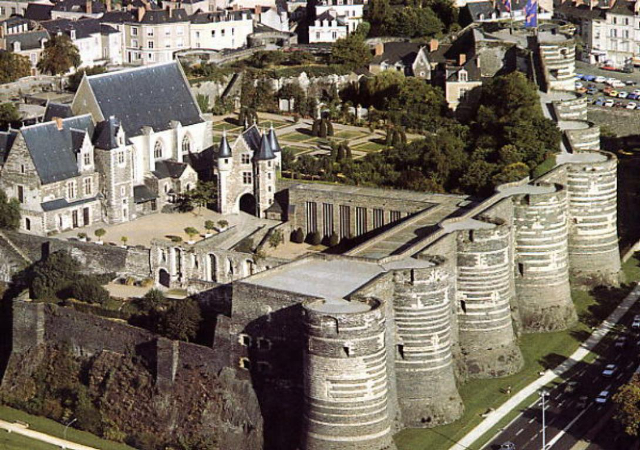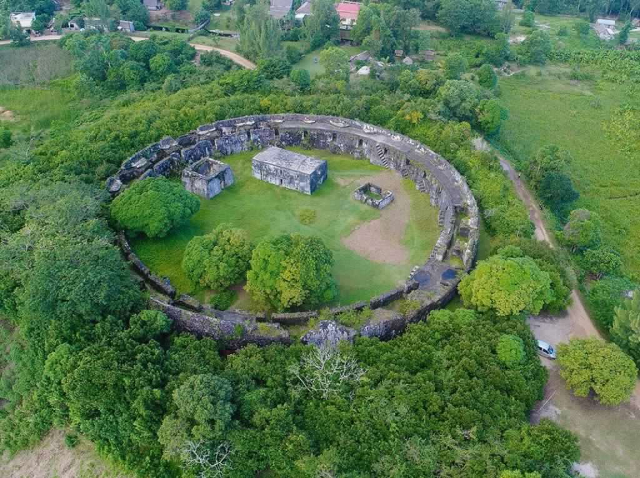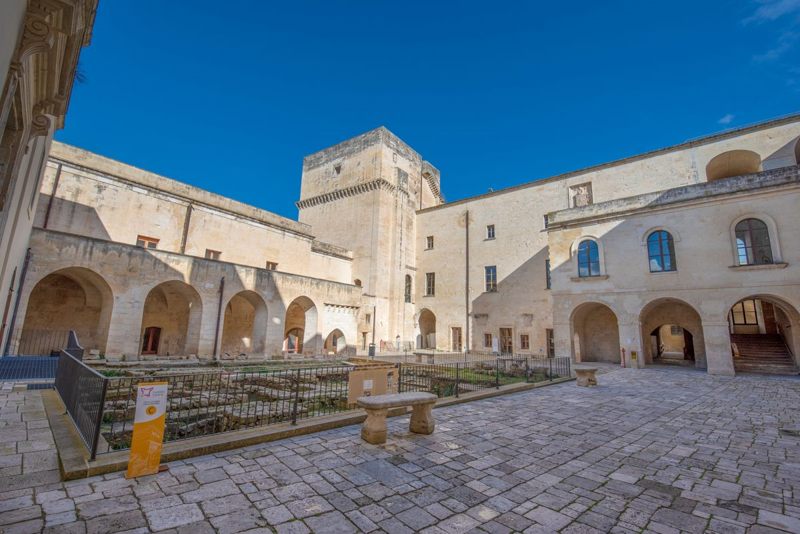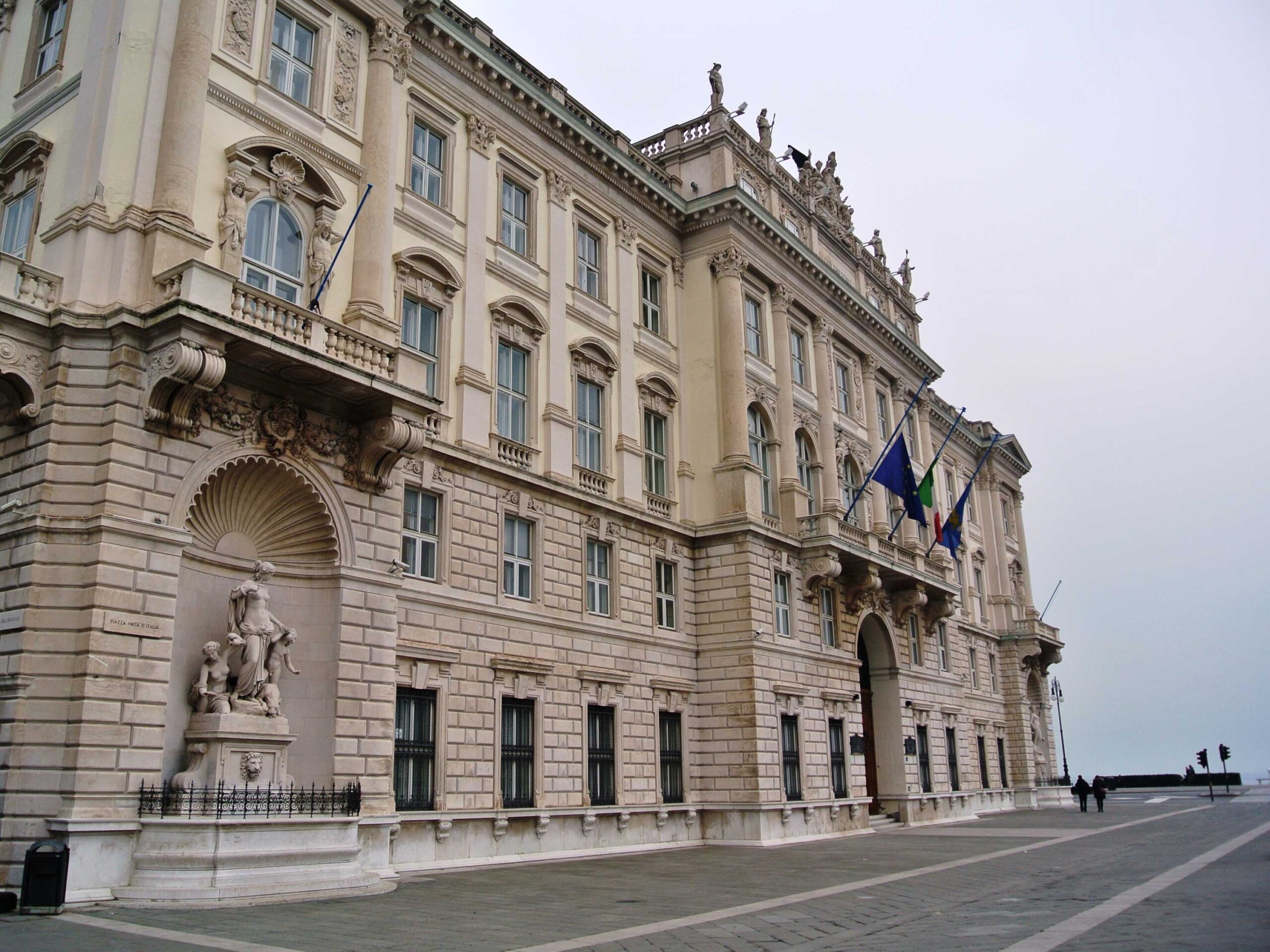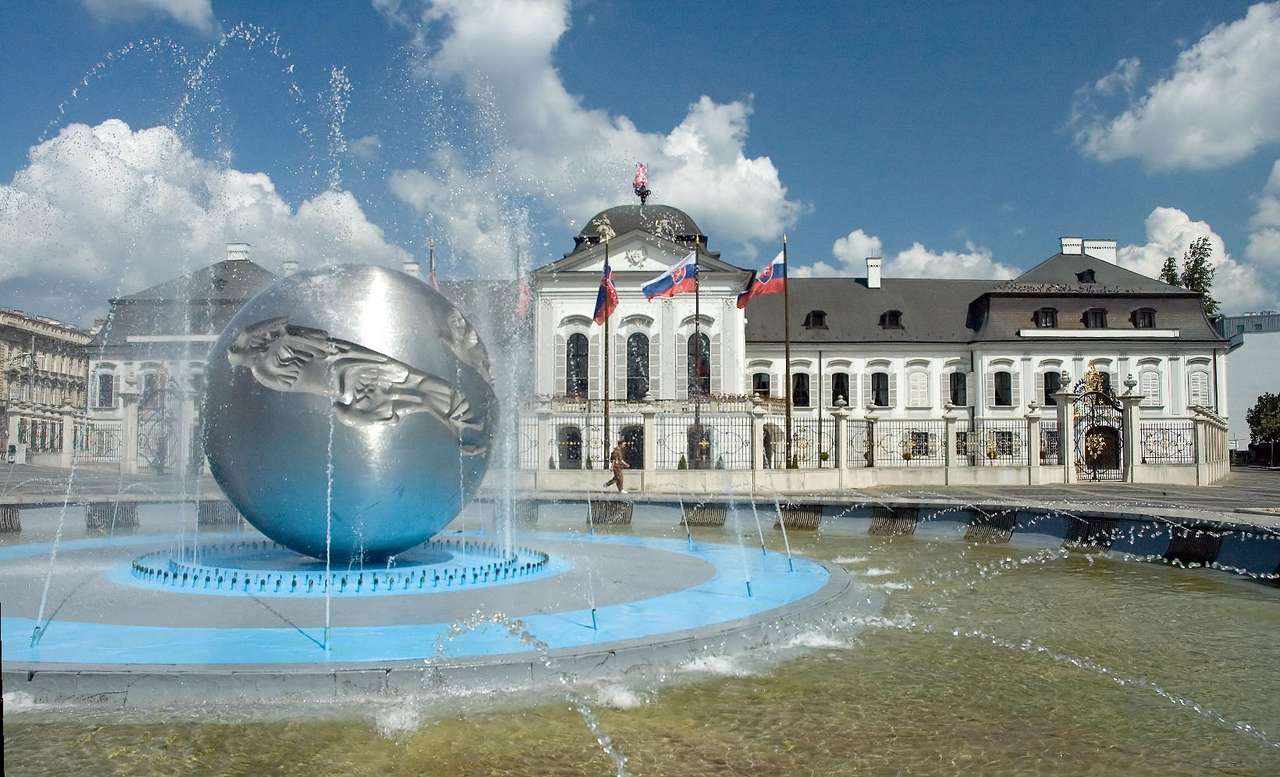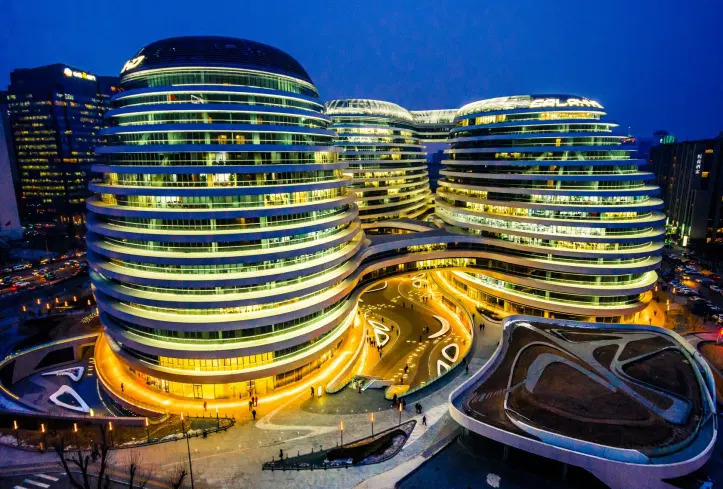A secluded and intimate residence of the 19th century bourgeoisie; furnishings, paintings and objects of exquisite taste evoke, still intact, the atmosphere of Antonio Fogazzaro’s masterpiece, who so loved this villa overlooking an untouched corner of Ceresio. Donated to FAI by Giuseppe Roi in 2009.
There are places that seem to have stood still in their time, impervious to the succession of centuries and the transformations of the territory. This is what happens in Oria, a small village on the Como shores of Lake Lugano, where the rhythm still seems to be that of the nineteenth century, which marked much of Antonio Fogazzaro’s life here. The writer spent long periods of time in the Villa that today bears his name and which gave him the inspiration to compose and set "Piccolo mondo antico", his most famous novel, published in 1896. The same intimate and domestic atmosphere that frames the story of Franco and Luisa Maironi has come down to us unchanged thanks to the Marquis Giuseppe Roi, great-grandson of the writer, who in the mid-twentieth century renovated and rearranged every room with taste before leaving the house to FAI so that when he died it would not be distorted. And this is how literary suggestion still hovers everywhere, from the study with the writer’s personal memories to the library, from the living room to the dining room, from the frescoed gallery to the private dock where the tragic death of little Ombretta took place. Everything is made more spectacular by an enchanting hanging garden that overlooks a panorama of the Ceresio that has remained largely wild, with the intense perfume of olea fragrans that "said in a corner the power of kind things".
Almost unchanged since the times of Fogazzaro, the Villa is a two-track journey into a small bourgeois world of the late nineteenth century, set in a hidden corner of Lombardy so loved by one of the great protagonists of our literature.
